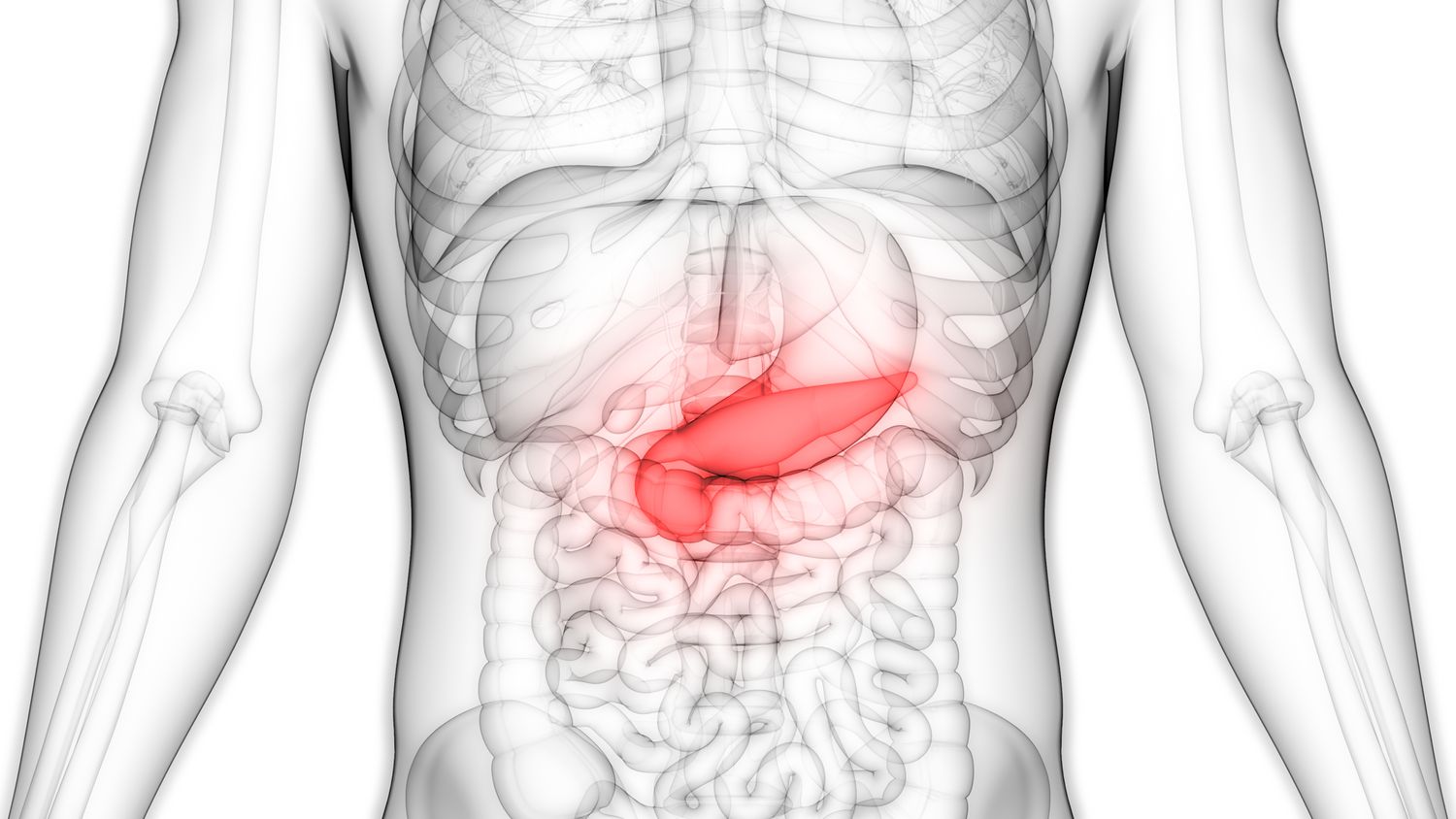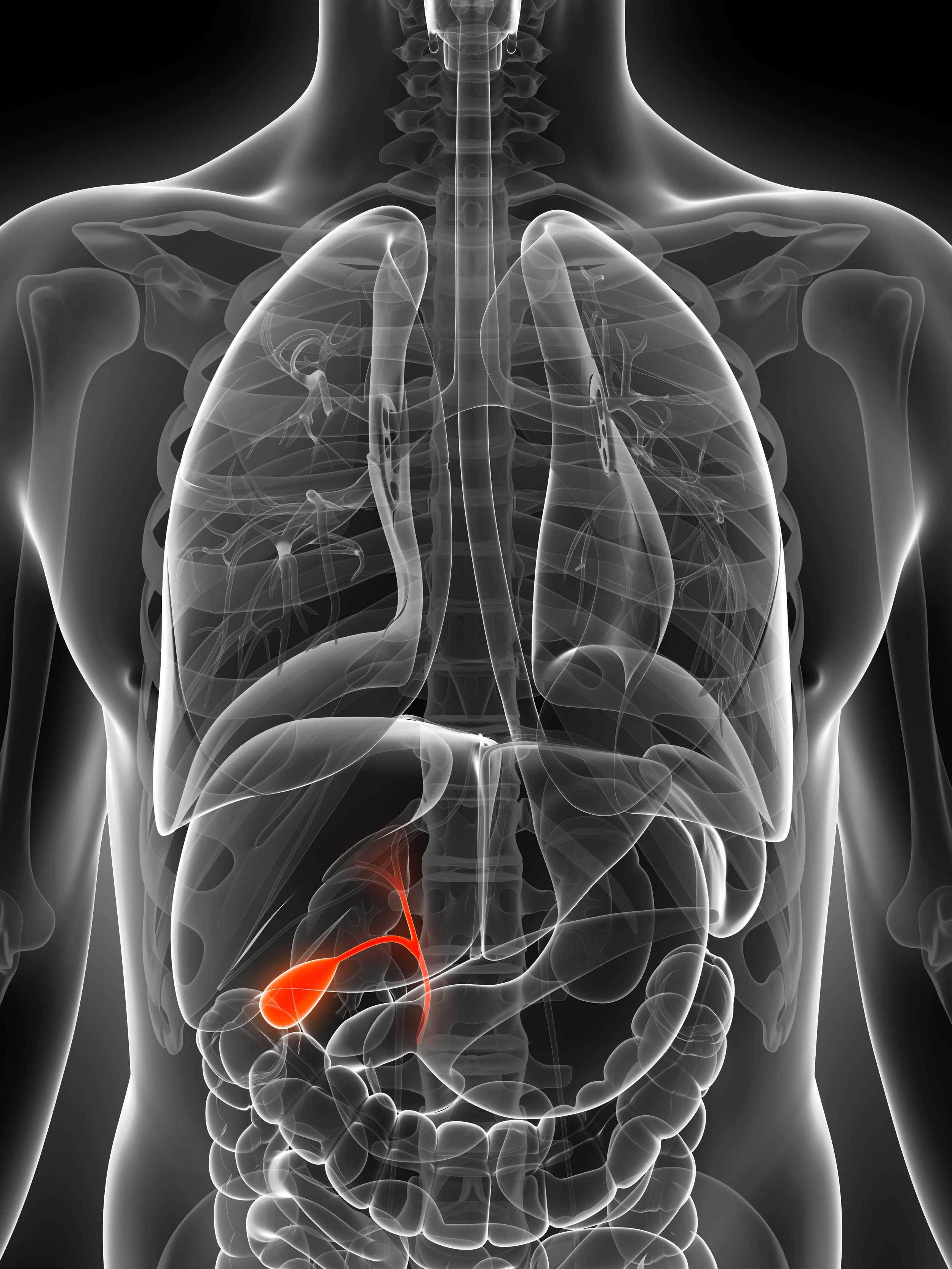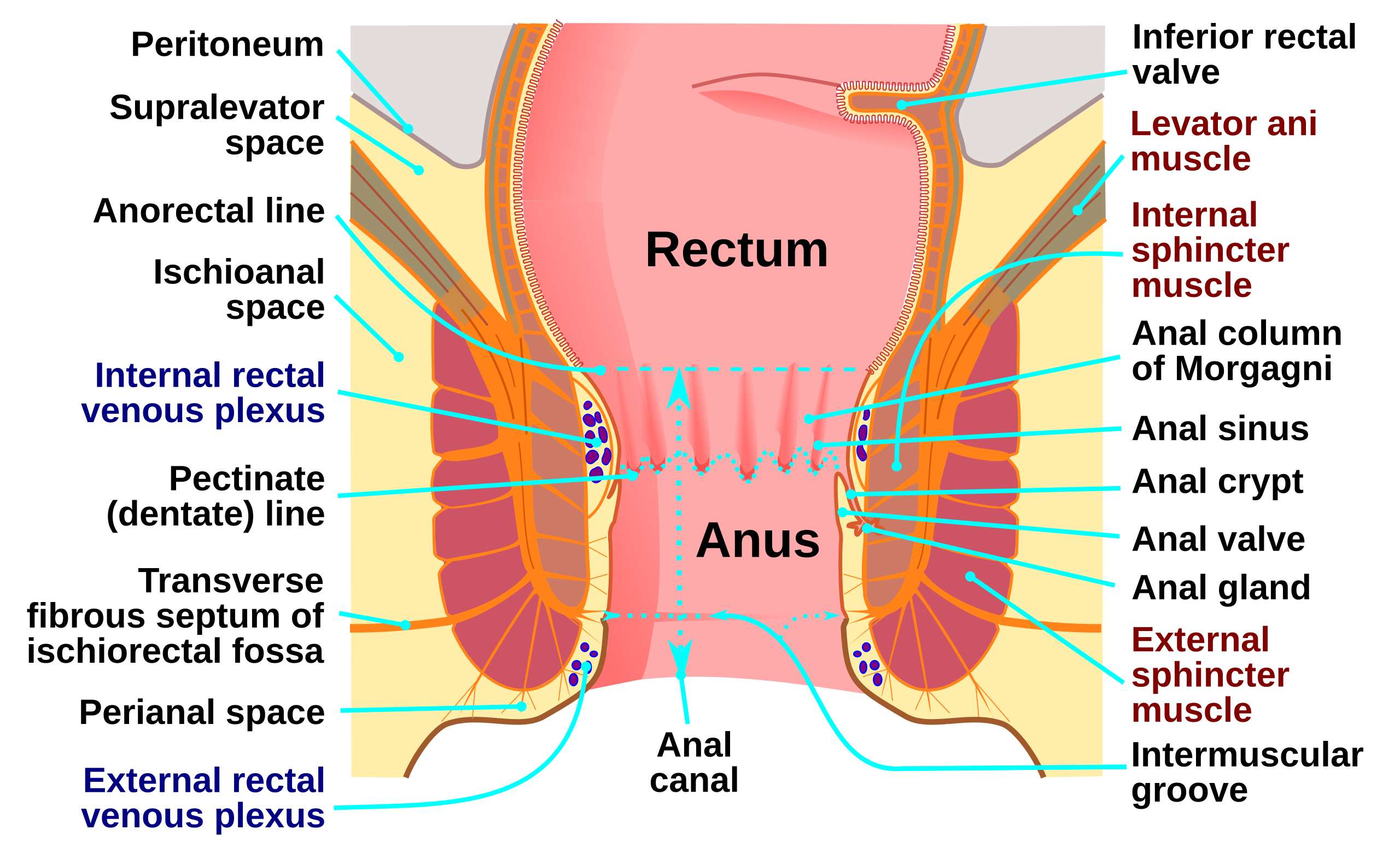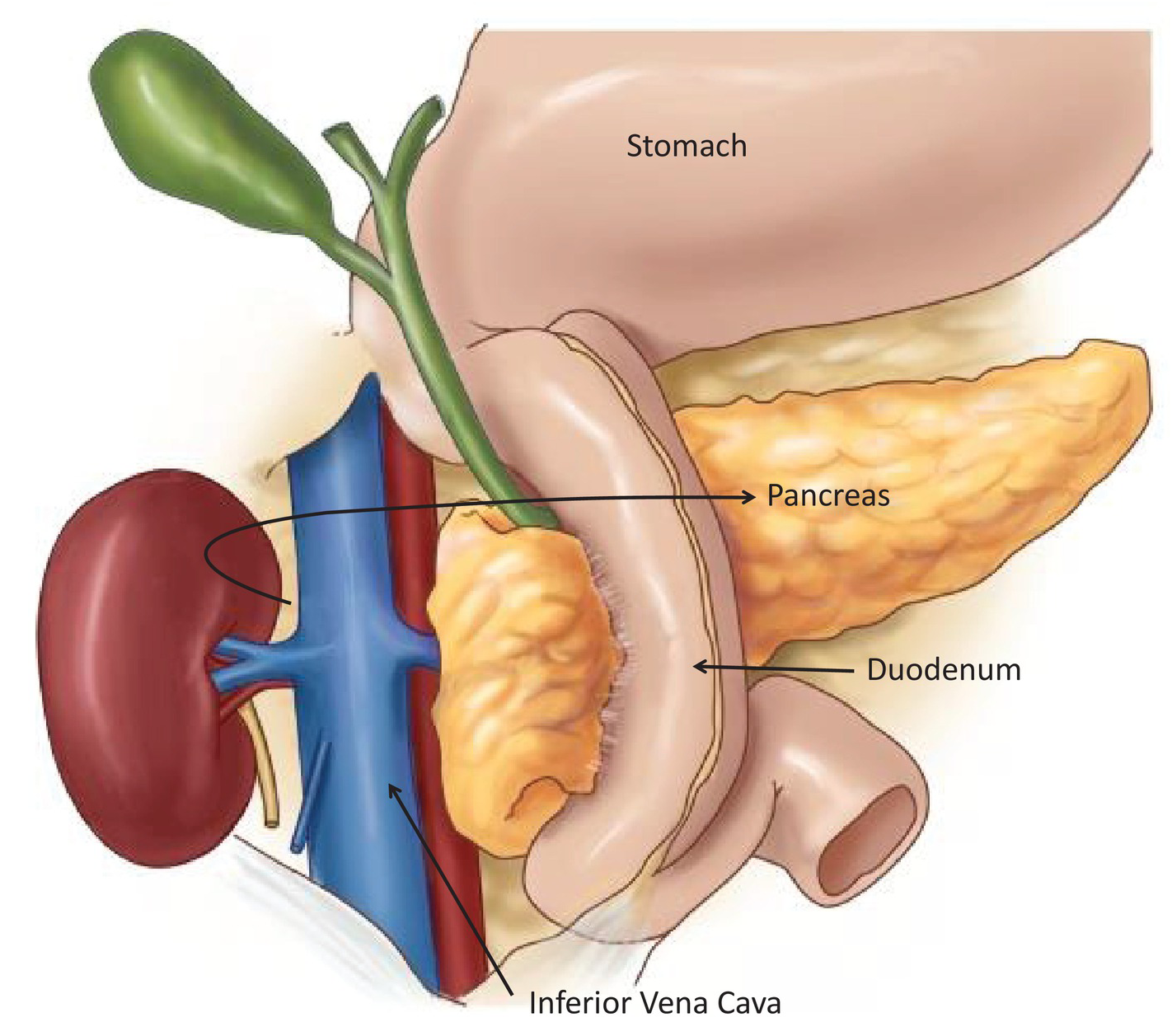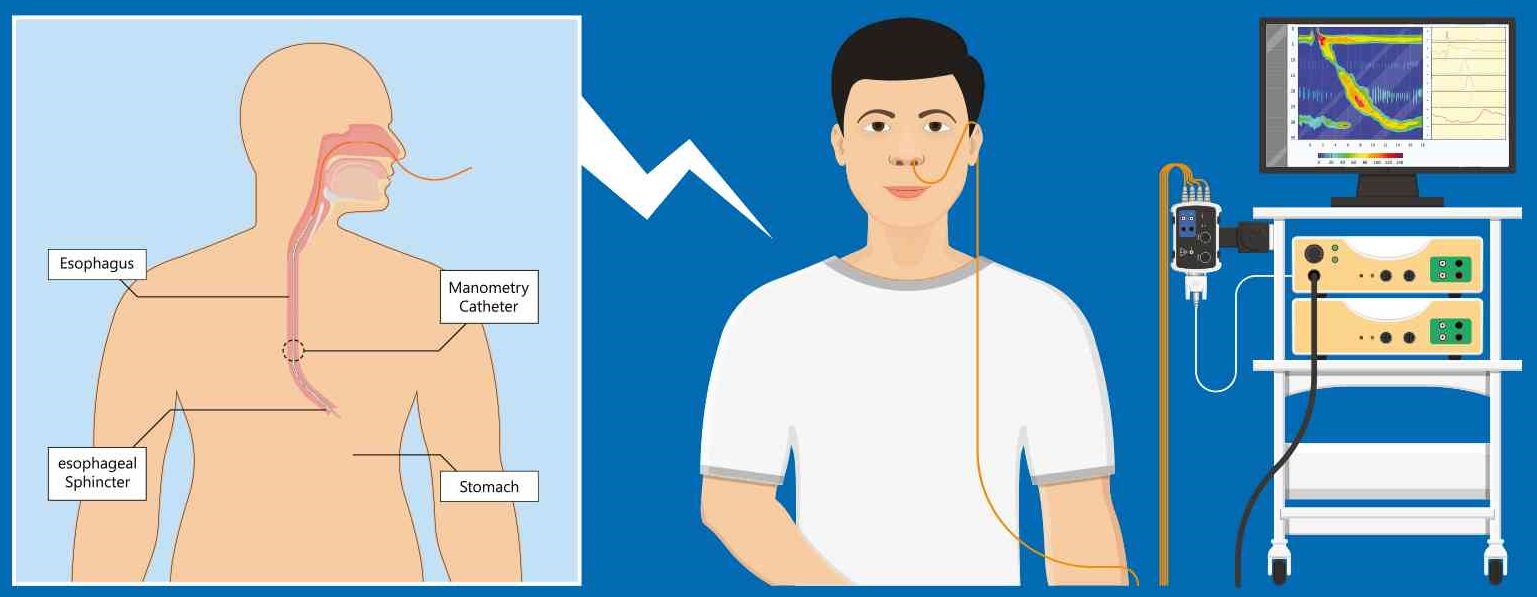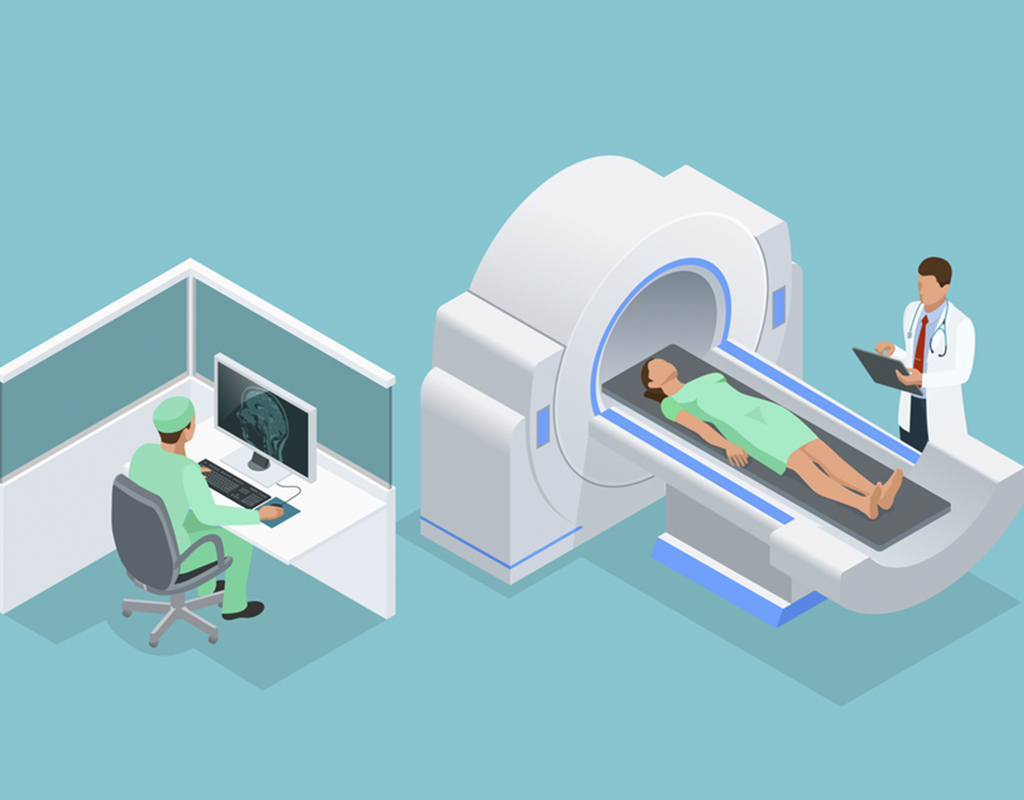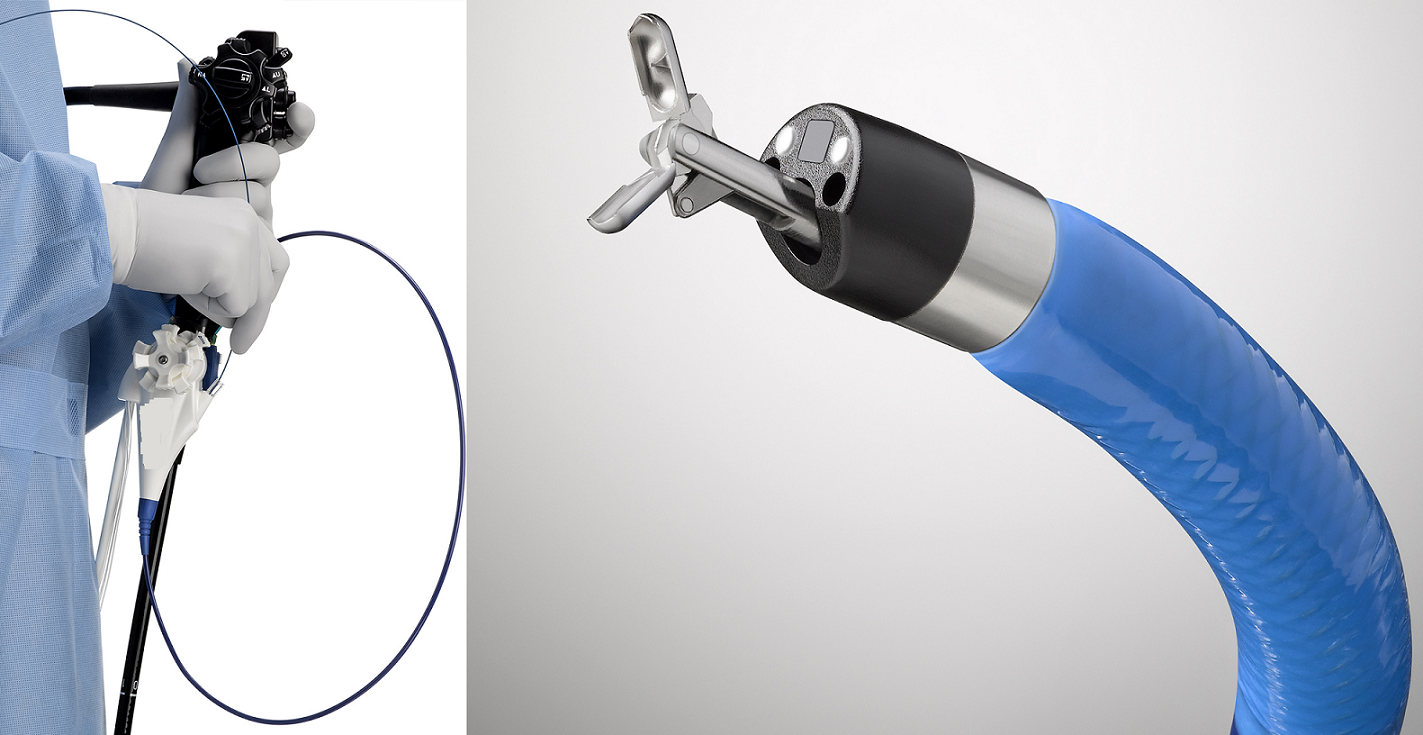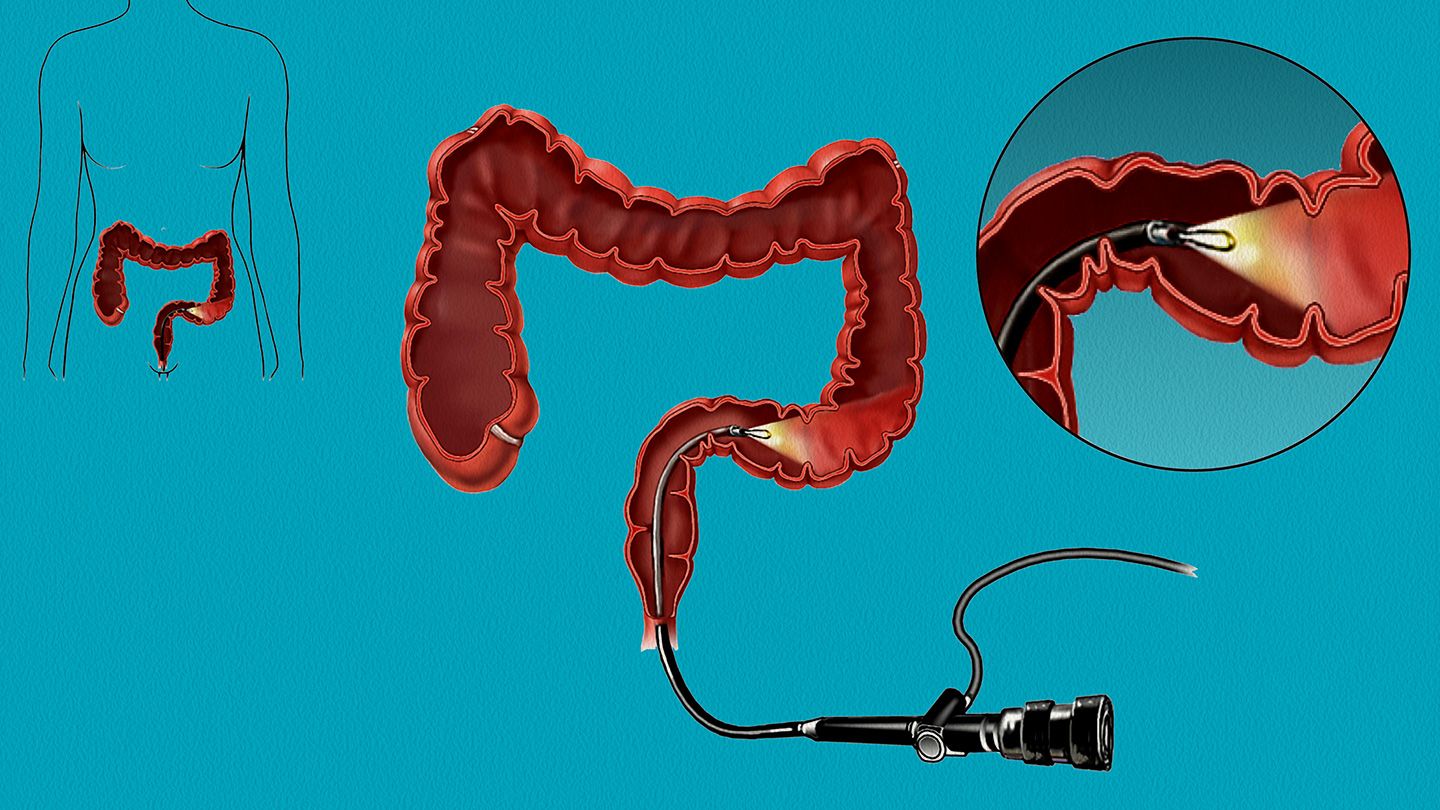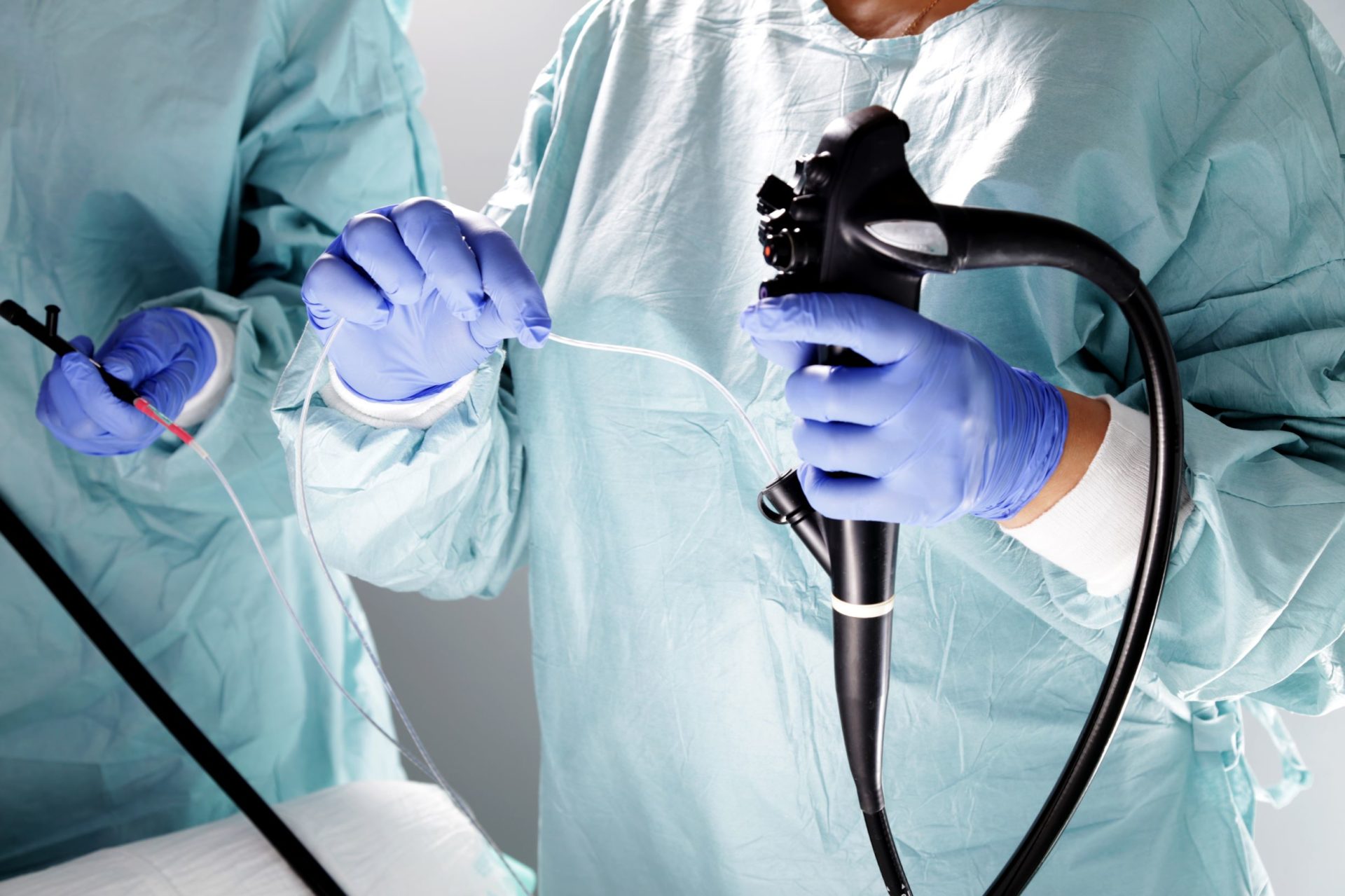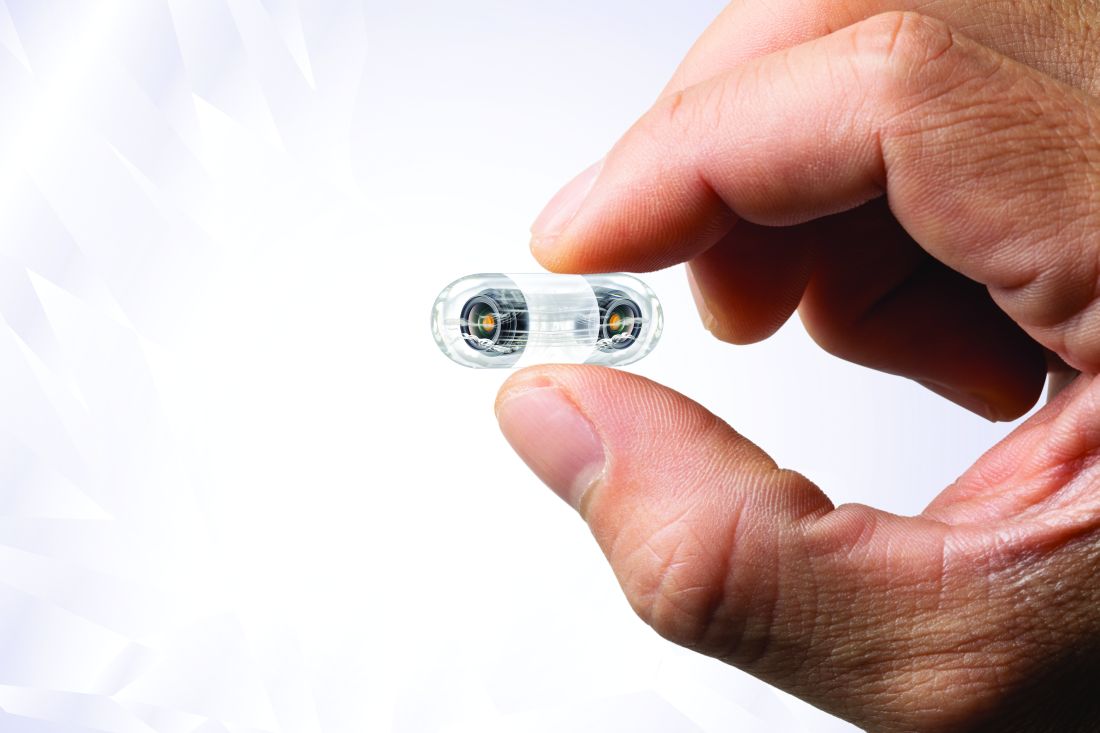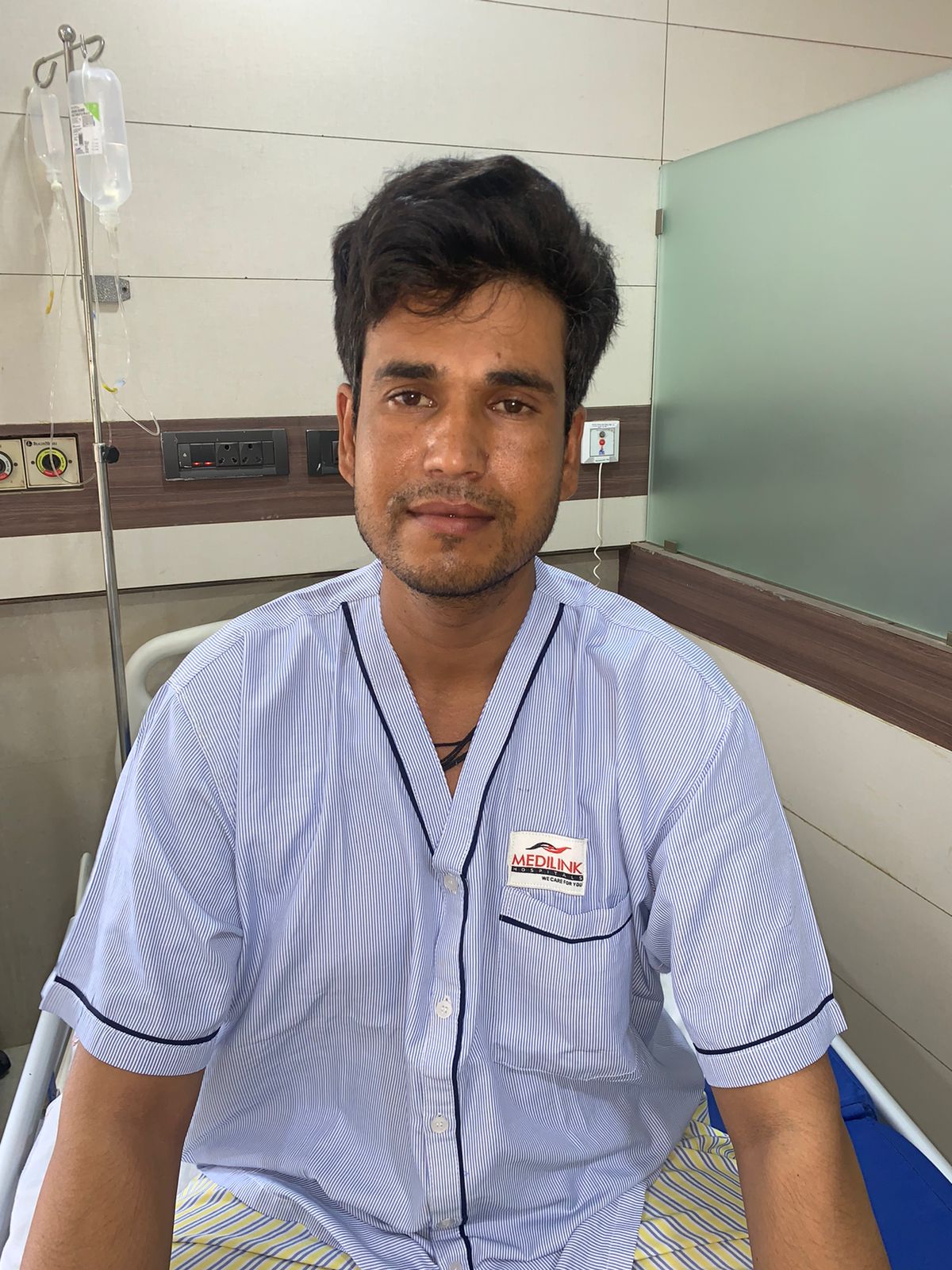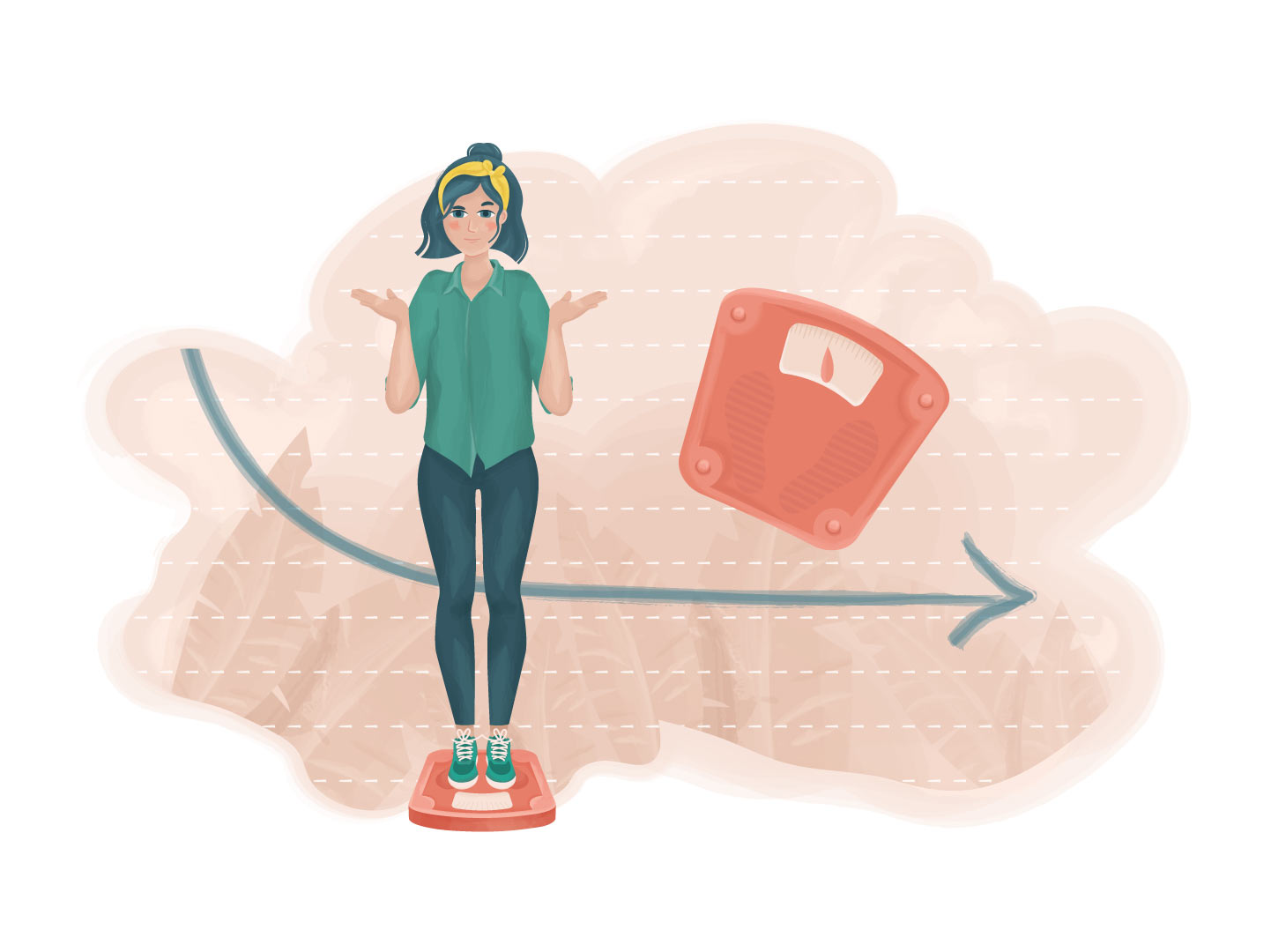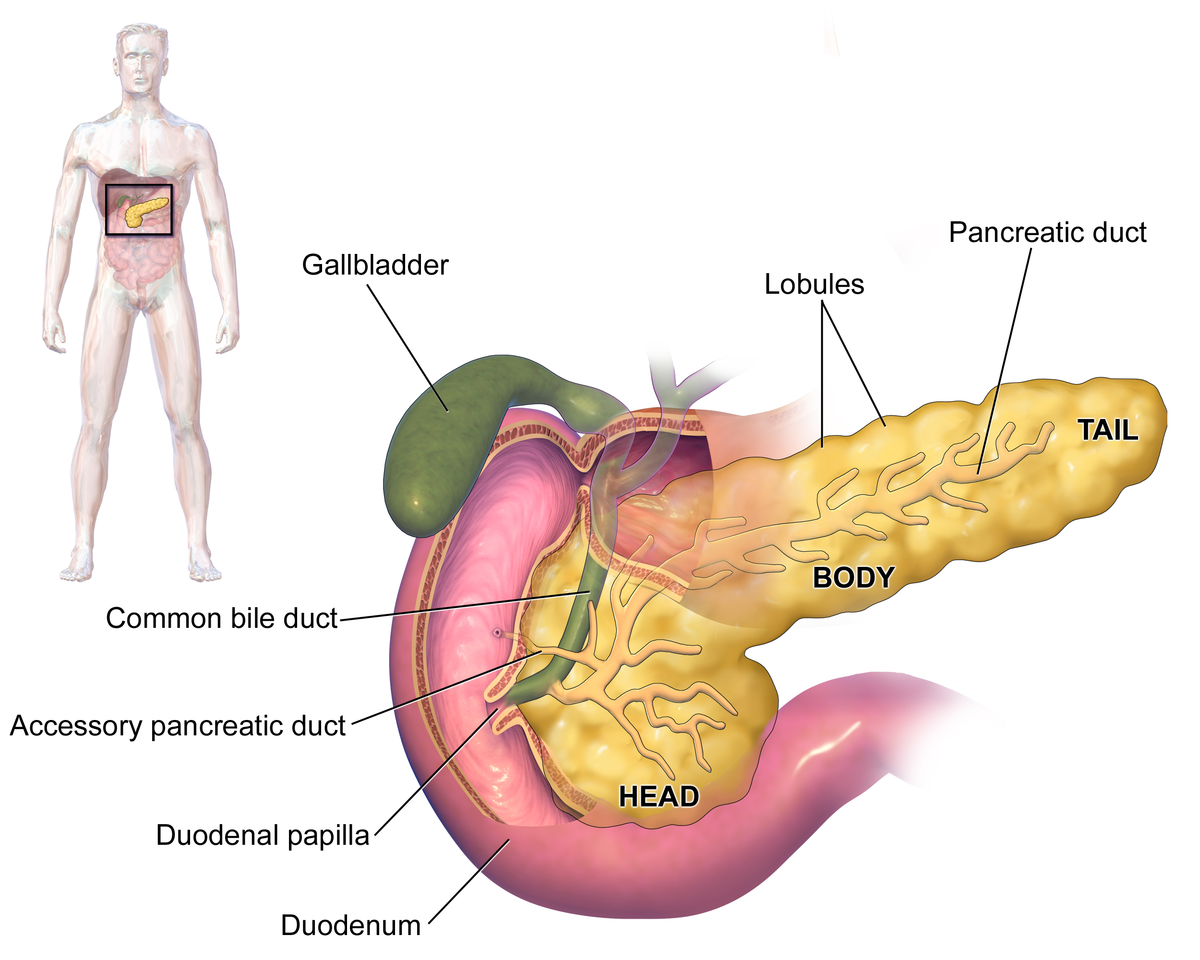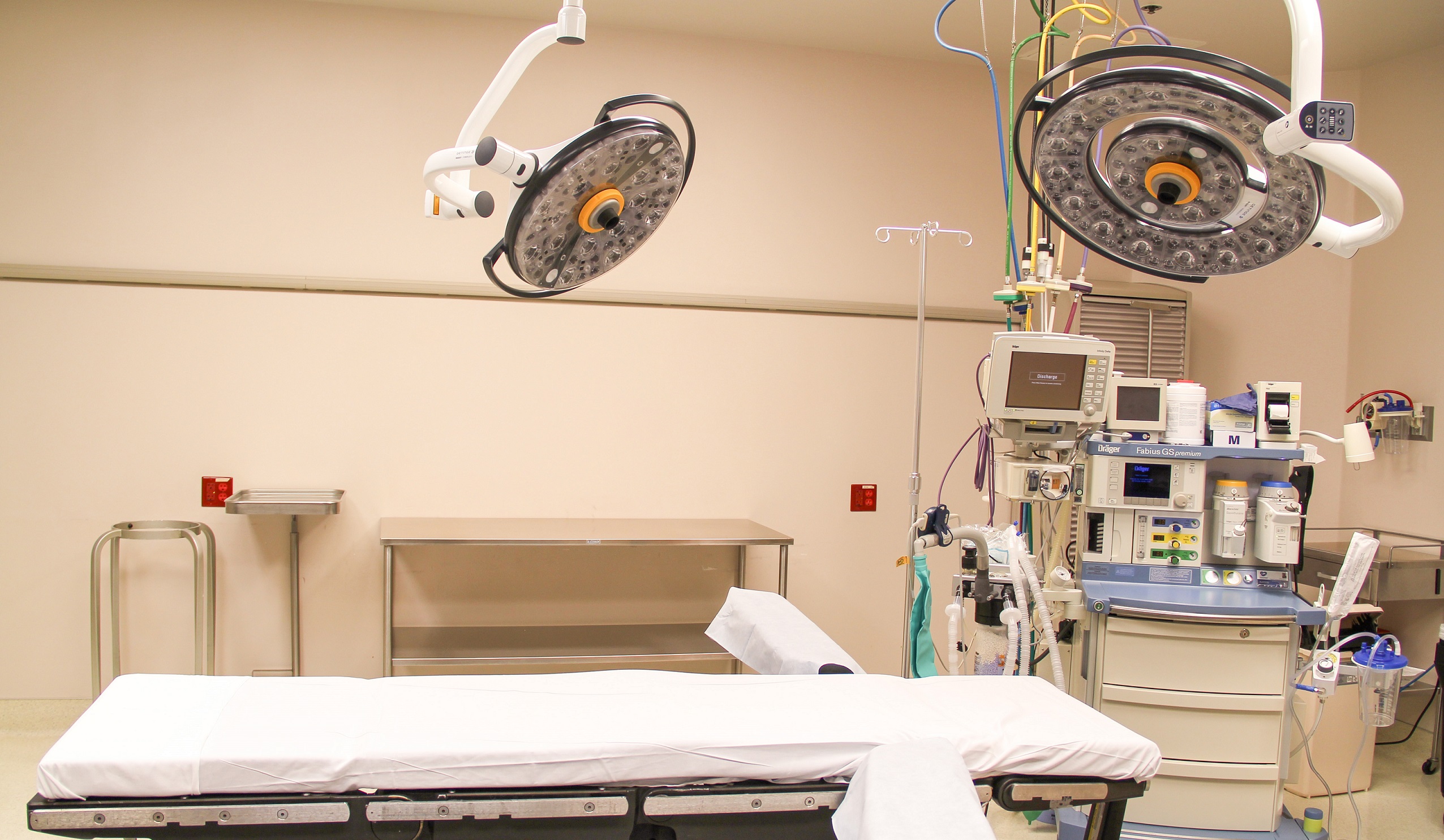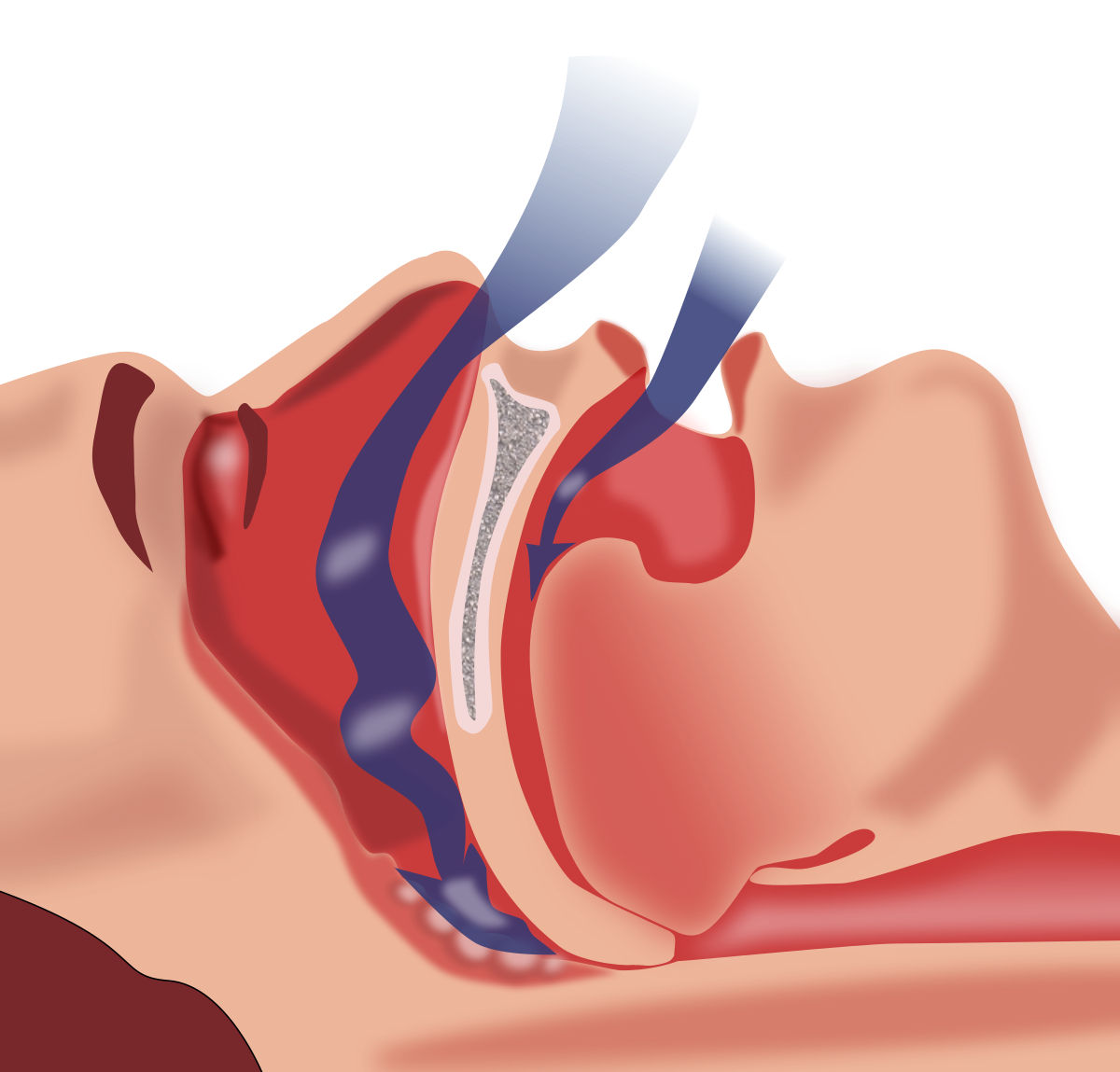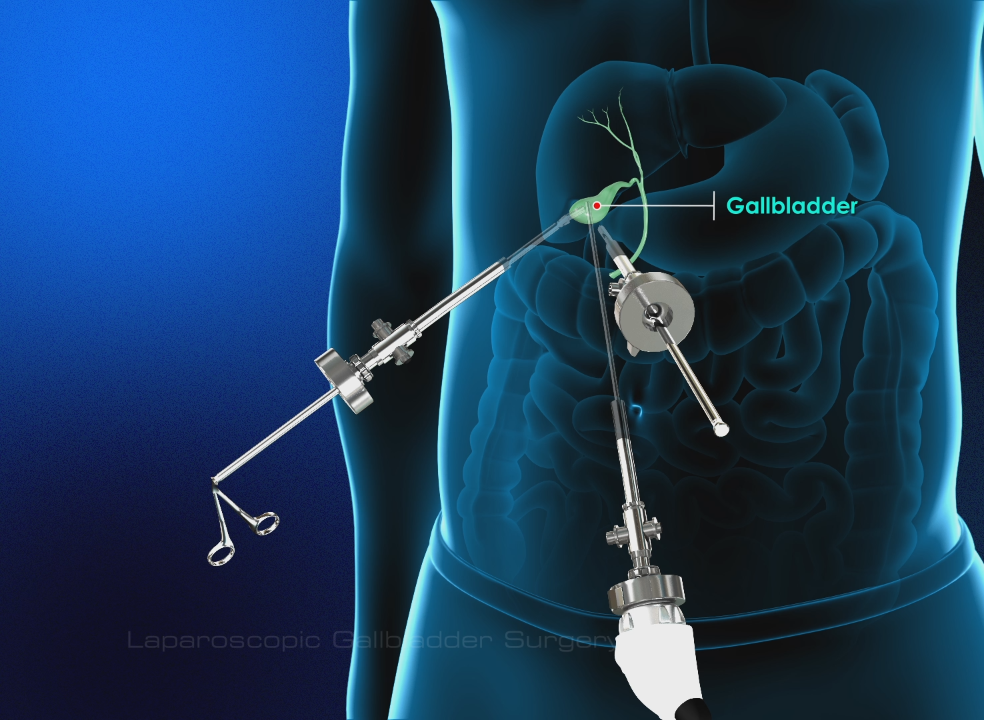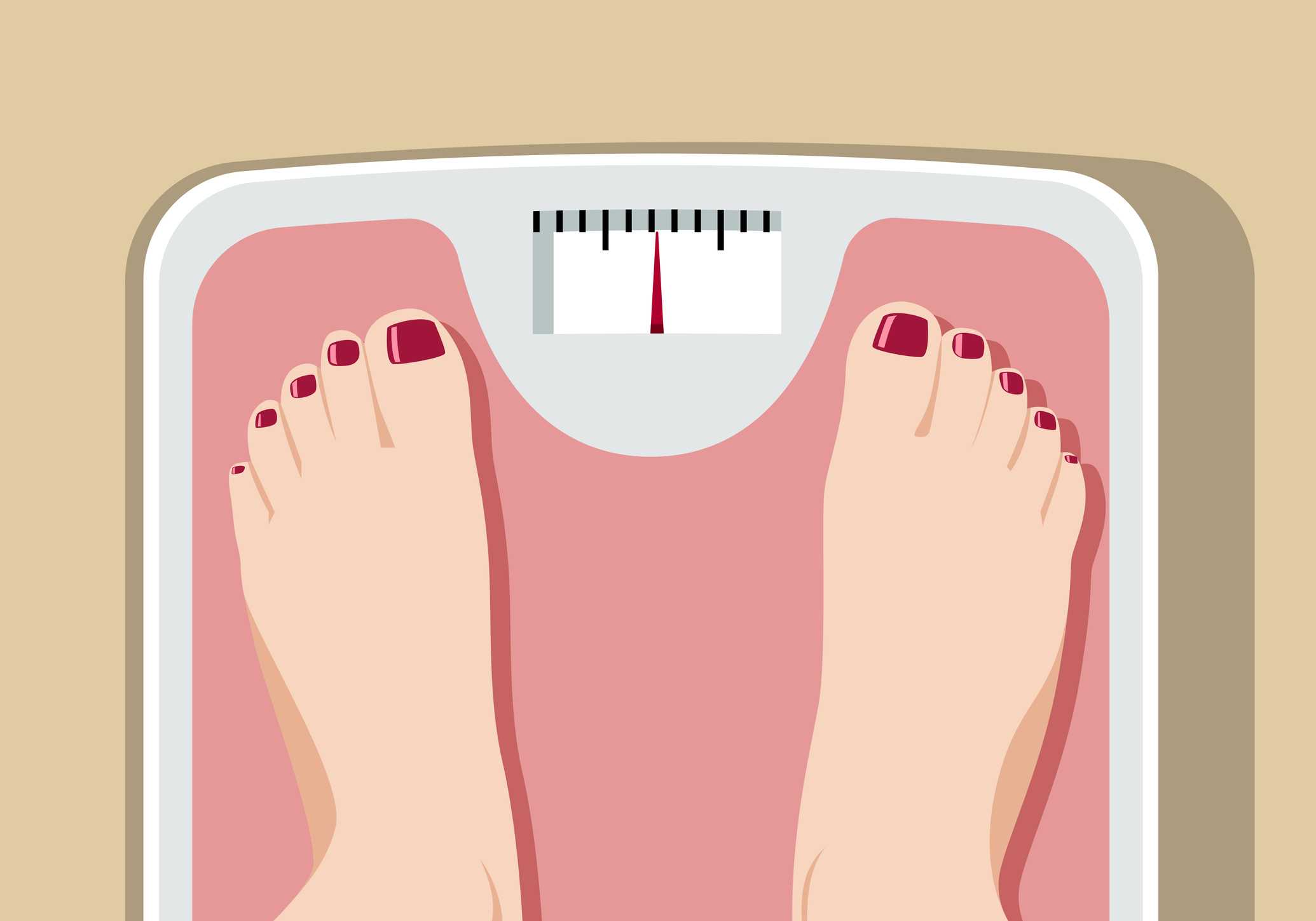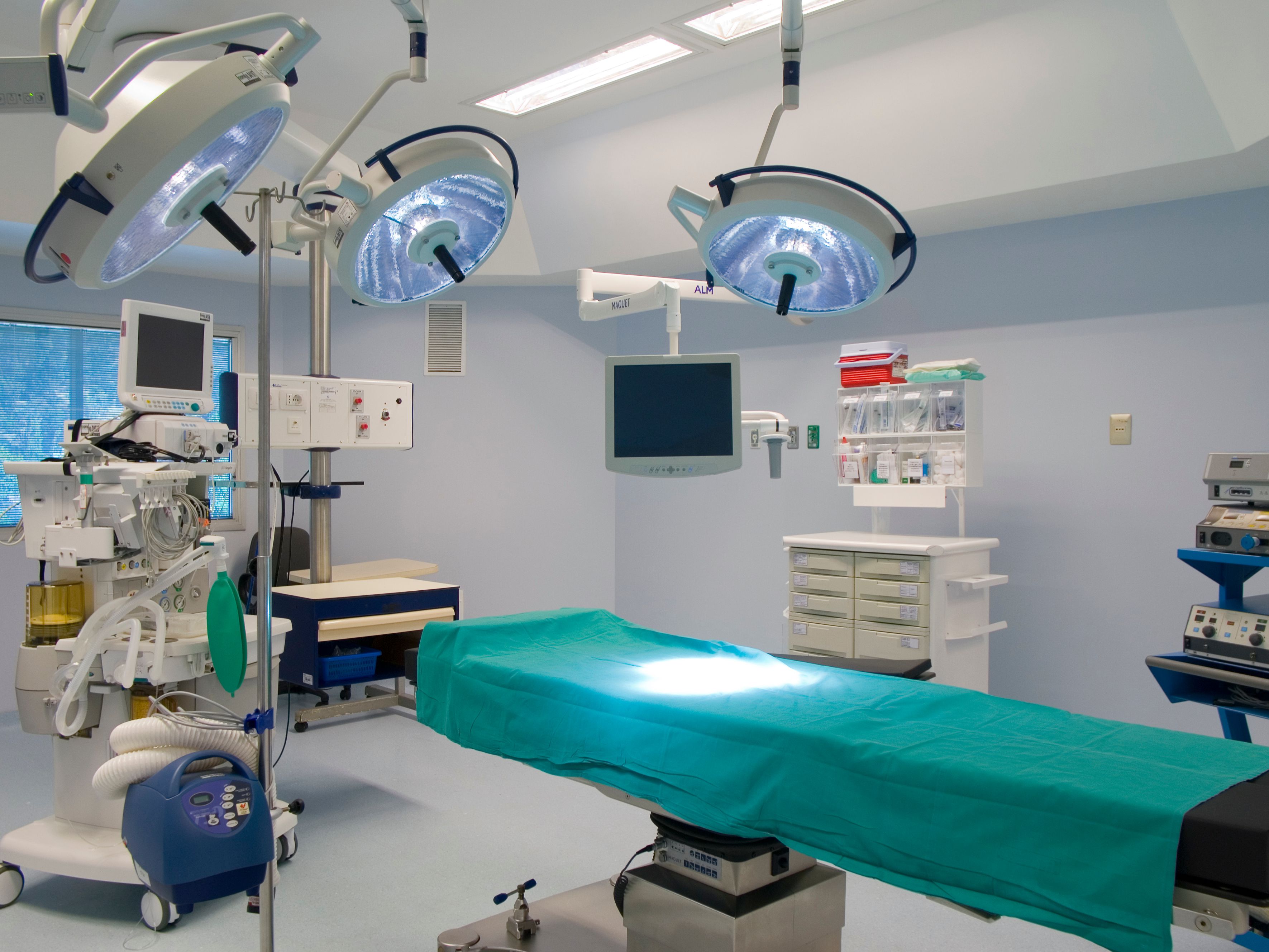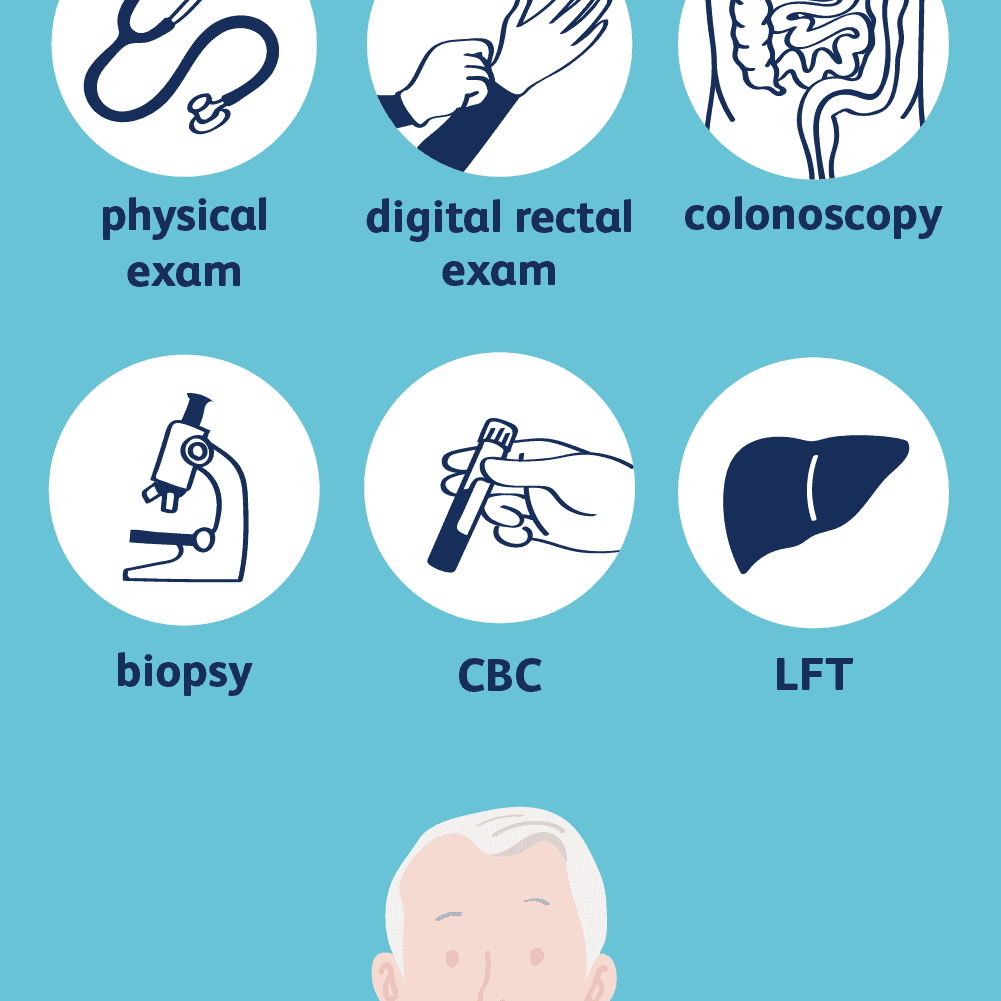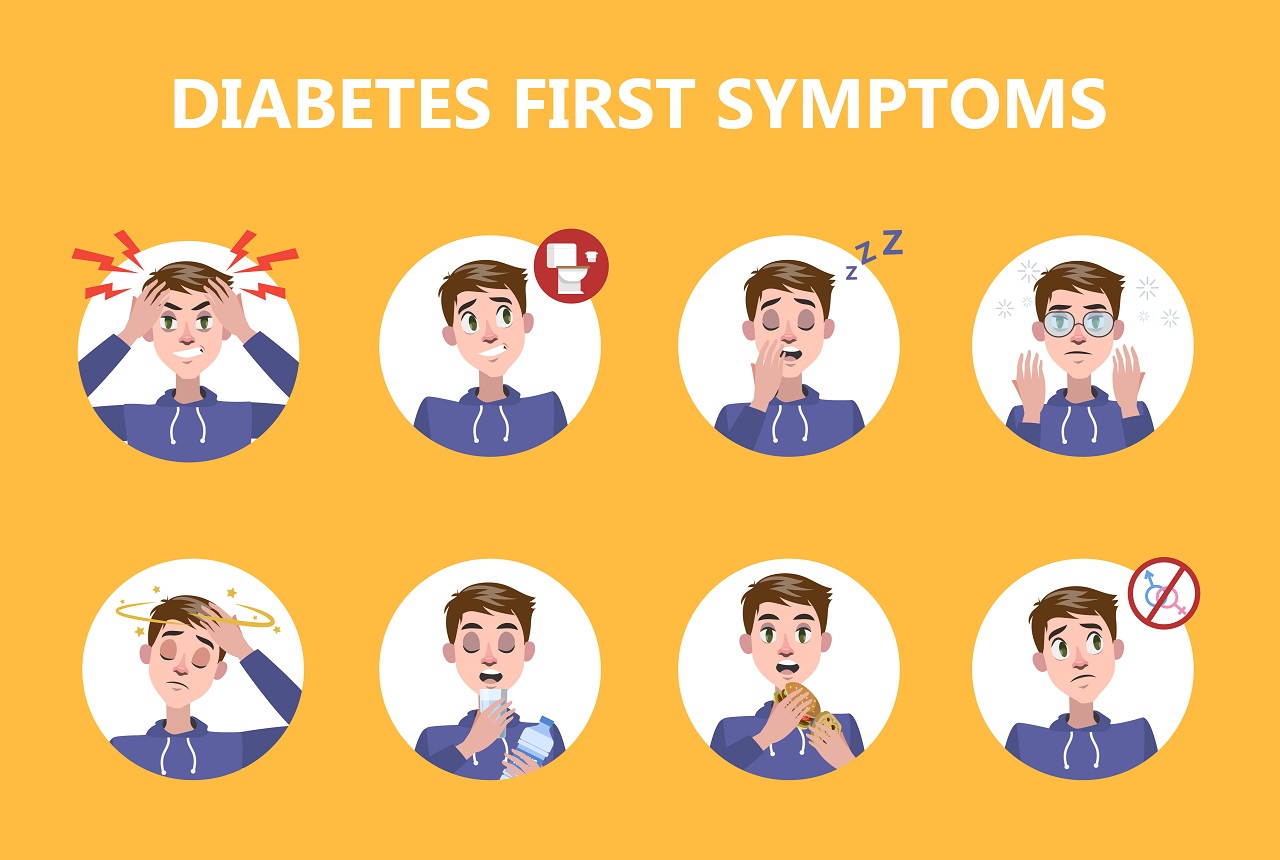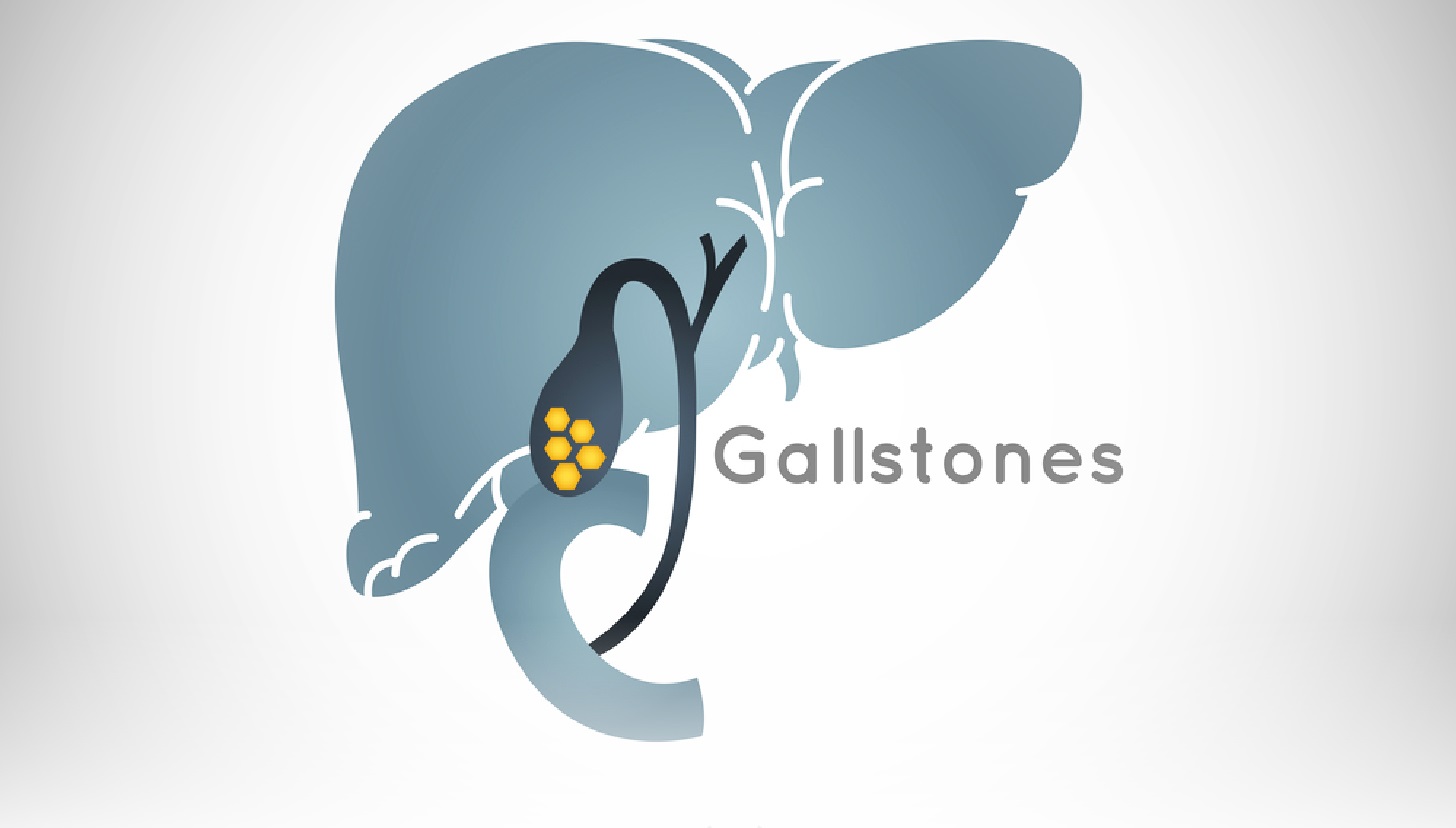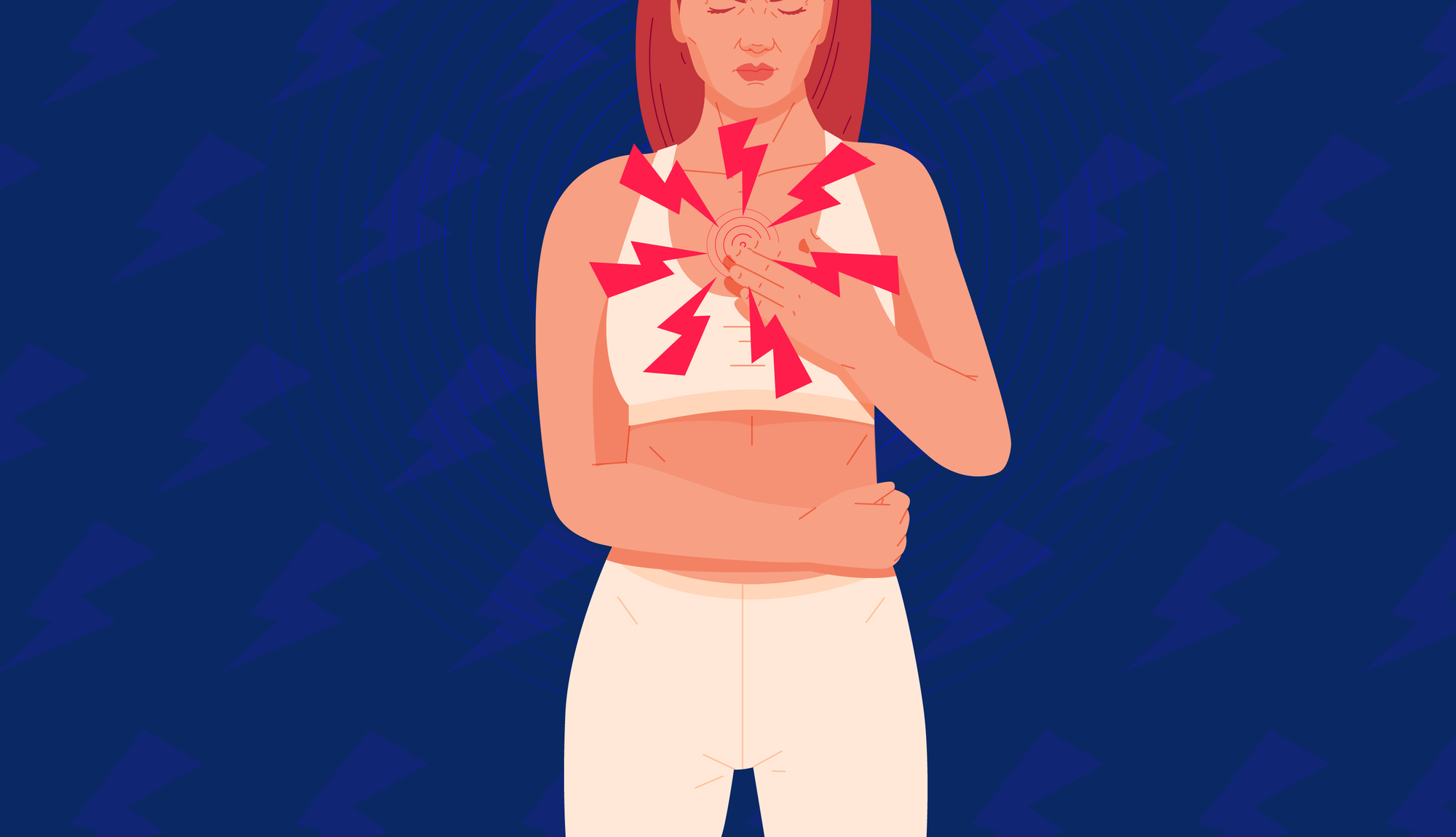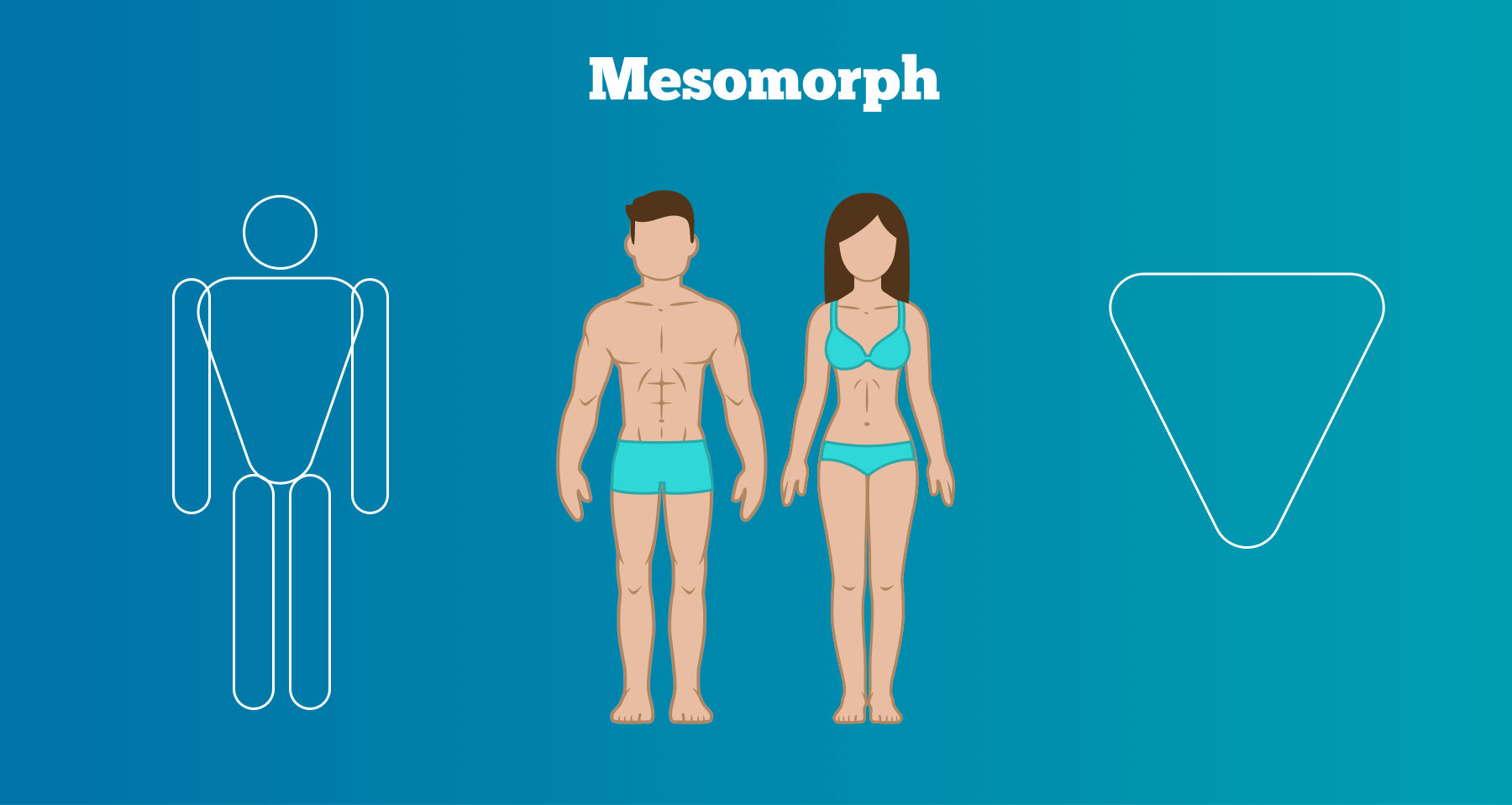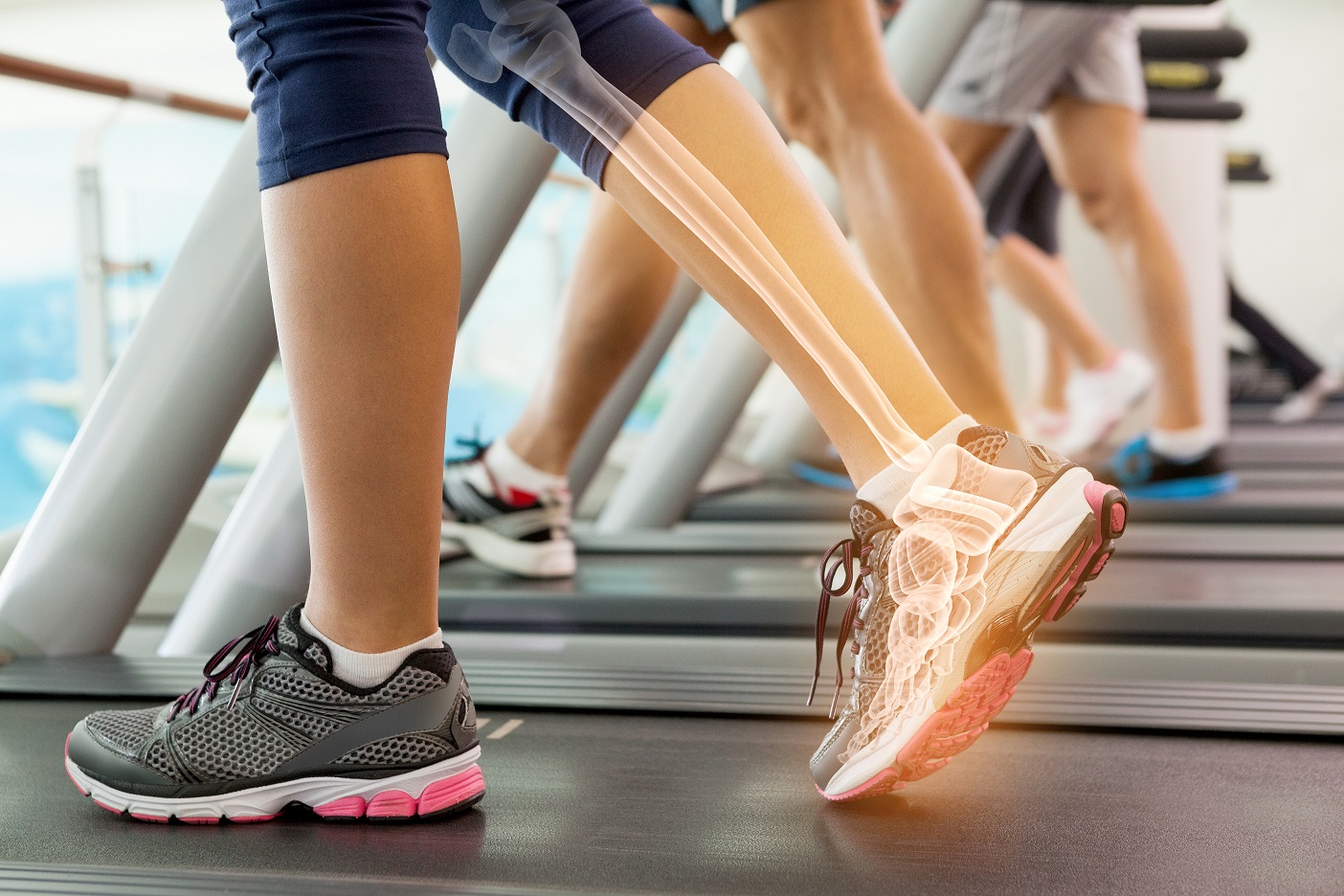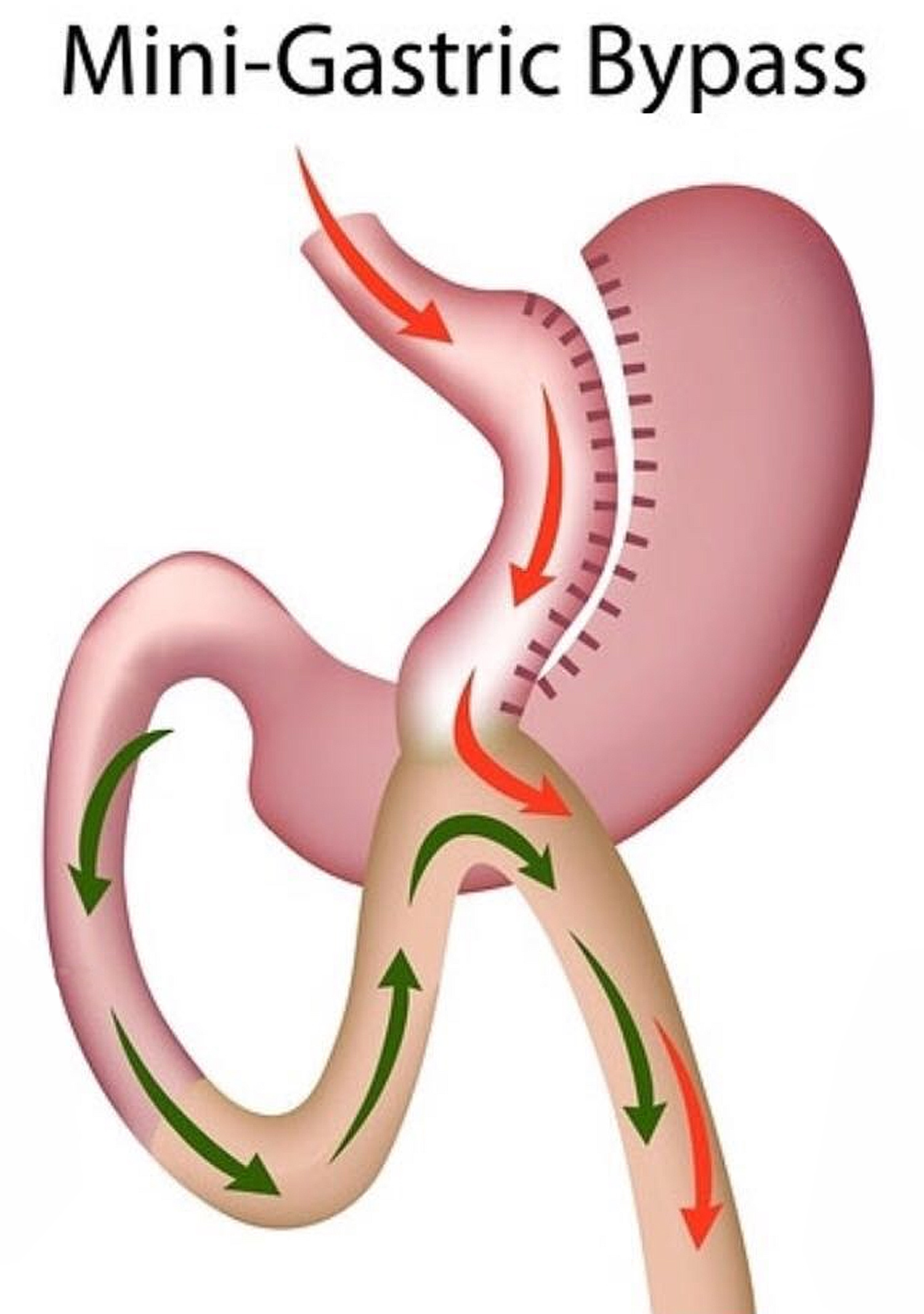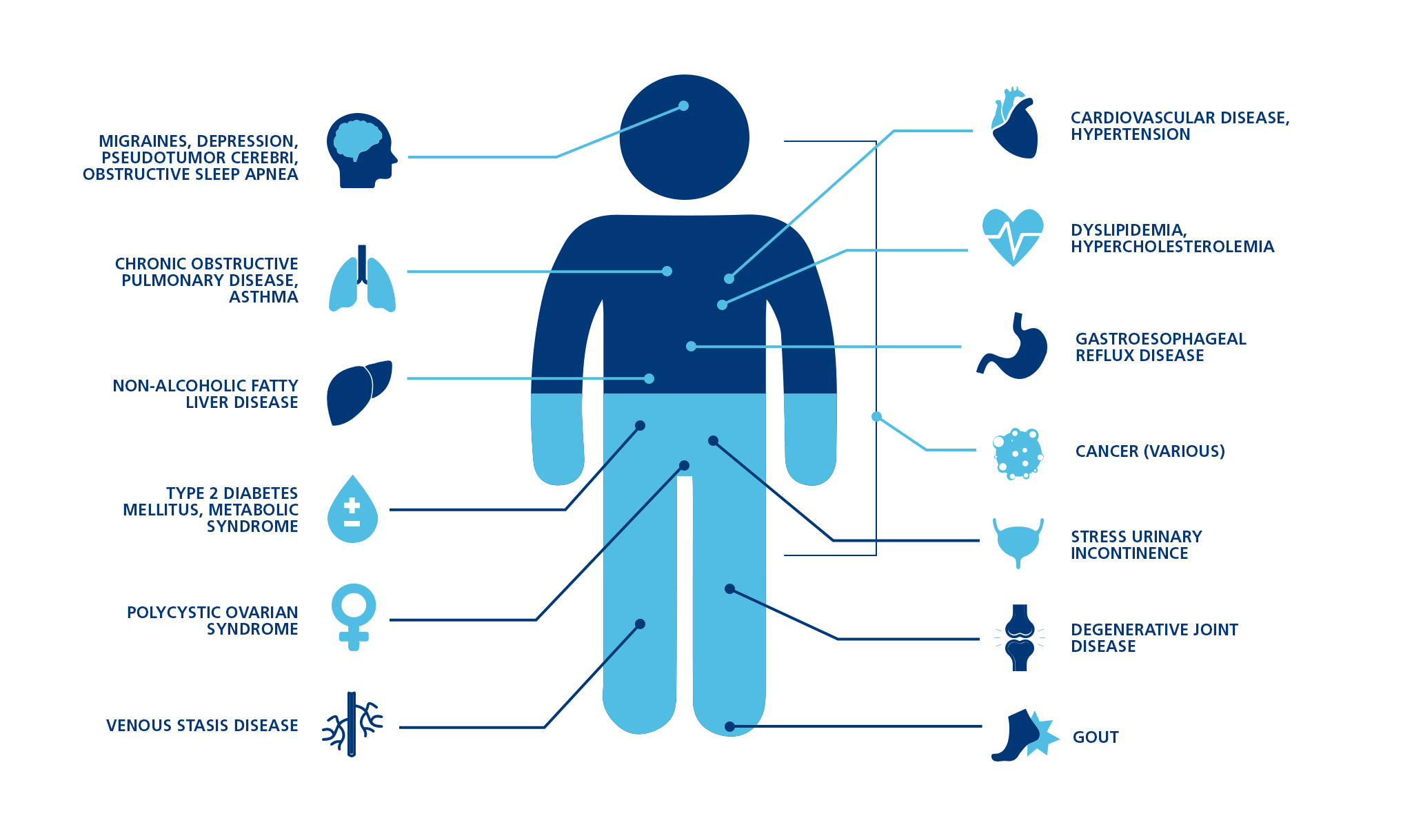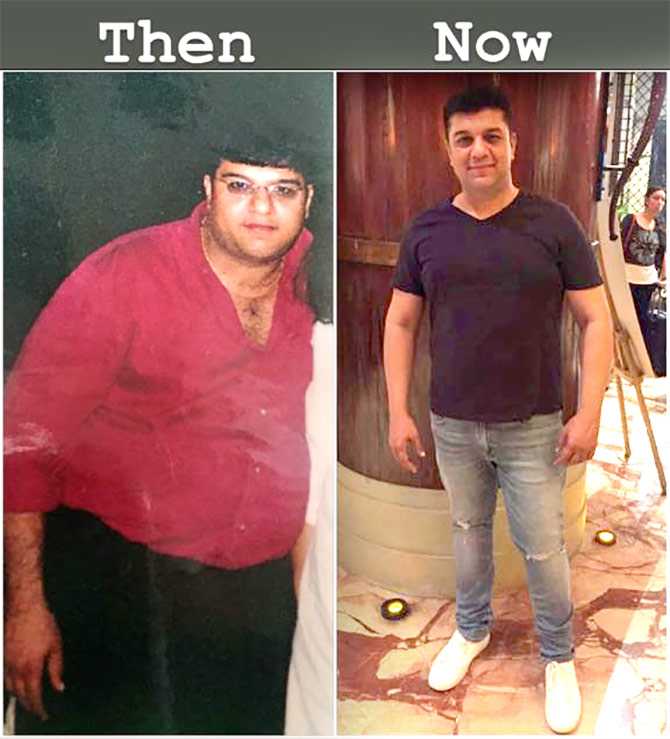MRI Scanner, Gravity Scan, G Scan, open MRI Scan, Traditional MRI system, MRI vs. Open MRI, Open Standing MRI
Standing MRI / Open Standing MRI/ Gravity Scan(G Scan)- What it is, What are its benefits and How is it different from the traditional MRI method
The G Scan (a kind of open MRI Scanner) is a revolutionary MRI platform for all musculoskeletal applications including the spine, which provides unique additional diagnostic elements.
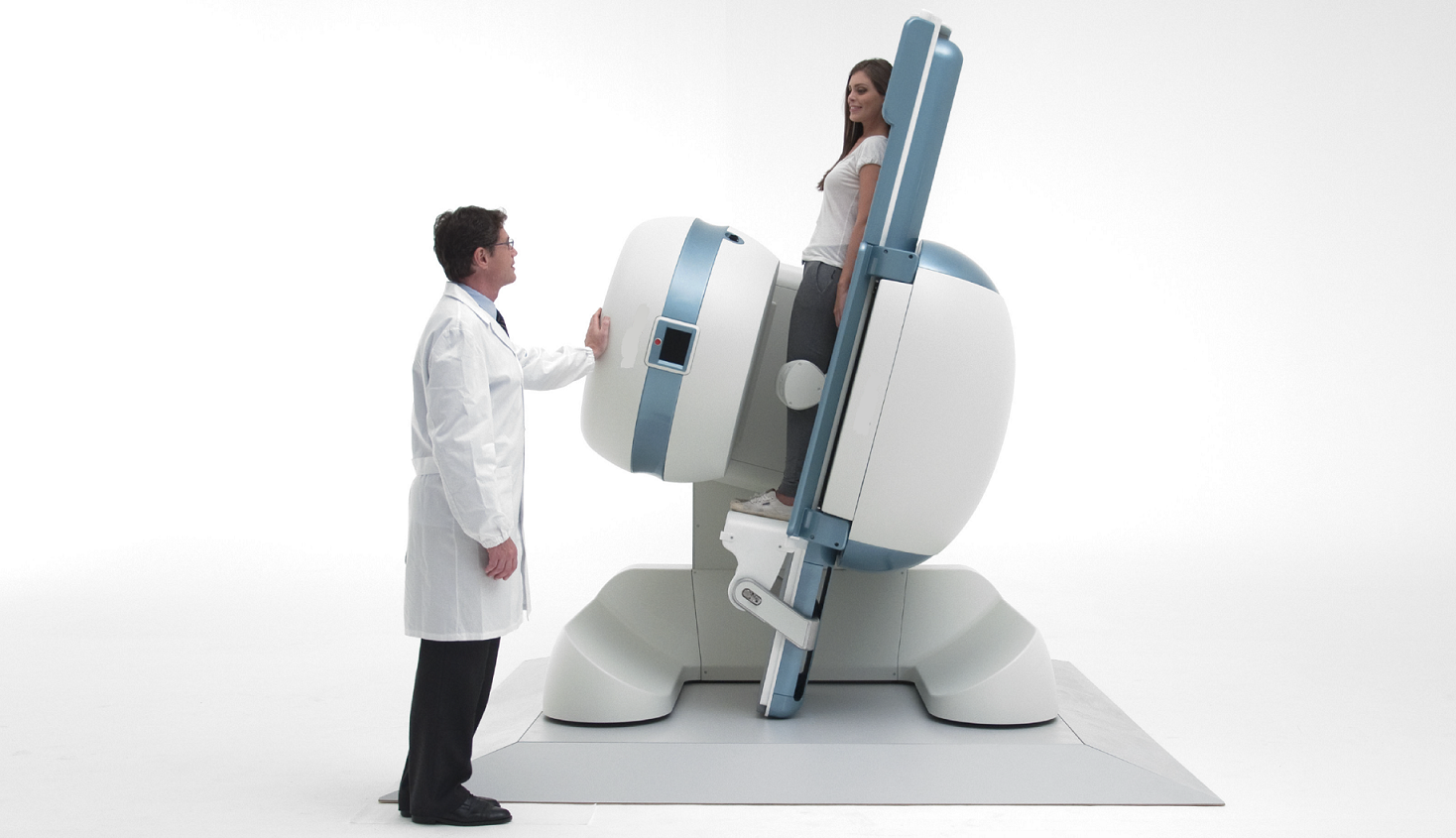
Overview
A stand-up MRI is a novel way to get image scanning. Many patients find it more comfortable than a traditional MRI, and in some cases, this option can generate more accurate results than the alternative.
What Is an MRI?
Short for Magnetic Resonance Imaging, an MRI allows your doctor to see what’s happening inside your body without being invasive or using an x-ray. Instead, a magnetic field and radio waves work together to create diagnostic images.
Magnetic resonance imaging (MRI) has no harmful radiation and is therefore safer than other forms of imaging such as X-rays and CT scans.
It provides better quality images of your body’s soft tissues such as organs, blood vessels, fat tissue, muscle, lymph vessels and fibrous tissues like tendons and ligaments.
It’s also useful in assessing the blood flow to your organs. MRI scans may help spot abnormalities that might indicate injuries, cancer, and aneurysms.
However for many claustrophobic patients, the thought of having an MRI brings feelings of dread. And if you’re even slightly larger than average, you may worry about the dimensions of the machine’s cylinder and whether you will fit.
Plus, if you’re living with pain, you may not be able to lie flat. Fortunately, this is where the open MRI, and the stand-up MRI can be of help to the patient.
What Is a Stand-Up MRI?
A stand-up MRI is a new model of the classic MRI machine. It is a type of open MRI system. Rather than lying still on a flat surface, you get to stand up, sit down, or lean. To visualize the machine, simply imagine a traditional MRI machine but up on its side. These machines are also referred to as upright MRIs.
What is an Open MRI Scanner and what are its Benefits?
Depending on the scanner model, an open MRI scanner may be open on 2-3 sides.
In some open MRI scanners, the bed is on a flat platform with one part of the magnet above and the other part of the magnet below. Not only is the configuration open on at least two sides at all times- there is room between your body and the magnet above you as well.
The main advantage of an open MRI is increased care access. For patients who cannot tolerate or fit into a traditional MRI, an open MRI is an option.
Here are a few situations when you might consider an open-MRI or a stand-up MRI:
1. Open MRI Accommodates Most Body Types
Considering traditional MRIs have a “bore” or opening of only 23.6 inches, this might be concerning for someone with a larger build. Because the open MRI is open on at least two sides at all times, it is more accommodating of different body types.
2. Open MRI May Prevent Claustrophobia and the Need for Sedation
Claustrophobia is an anxiety disorder in which you may experience an irrational fear of being enclosed. Since traditional MRIs require you to be in a tunnel with a small opening for much of the test, it may trigger this anxiety.
An open MRI can help relieve feelings of claustrophobia, thanks to the imaging machine’s open “airy” design. Because you can look into the room around you and feel the air circulating, being in an open MRI doesn’t trigger panic the way conventional MRI scanners do.
If you are prone to anxiety, a traditional MRI might require sedation or anti-anxiety medication. However, an open MRI may be a better option.
3. Open MRI's Are Quieter
Traditional MRIs consist of metal coils that vibrate when they receive pulses of electricity. Because they are inside a metal compartment, the vibrations resonate as sound waves. You may experience the sounds as loud, low-frequency sounds similar to the beating of a metal drum.
MRI scanners are loud. The noise levels you experience compare to being at a rock concert with volumes as high as 110 decibels.
Earplugs offer protection and are safe to use for an MRI scan, but they may interfere with necessary communication between you and your radiology technologist.
Since they don’t have an enclosed tunnel or walls, open MRIs are quieter.
Some newer models of open MRIs have decreased the noise levels to less than 25 decibels for an average MRI scan. This is great news if you have sensitive hearing or if loud noises trigger anxiety or migraine headaches.
4. Open MRI's Reduce the Need for Sedation in Children and Adults With Special Needs
Diagnostic imaging in pediatrics is valuable but is not without its challenges.
Traditional MRIs performed on young children often require sedation. If a radiologist decides it is safe, a parent or caregiver may stay in the room to support the child during the scan. The same is true for adults with special needs.
Open MRIs are ideal for use on children and some adults with developmental disabilities and may decrease the need for sedation in these patient groups.
5. Open Upright MRI's (Stand-Up MRIs)
Another type of open MRI machine is a stand-up MRI, also called an “open upright MRI”, scans your body while in a fully upright, standing, tilted (lying down with the head elevated), or other position. This technology can help fulfill your imaging needs if you cannot lie flat.
1. Open Upright Stand-Up MRI's Are More Accessible to Those With Limited Mobility
If you suffer from pain, stiffness, or back pain, you may not be able to lie flat on your back for a full, traditional scan. You might consider a stand-up MRI or open upright MRI.
2. Open Upright MRI's Provide Better Images of Positional Injuries
Since the open upright MRI can scan while you’re in different positions, it has the potential to detect problems that traditional MRI scanners might miss.
Open upright MRI systems allow for more flexible positioning and may be able to find abnormalities in difficult-to-view areas.
For example, one study shows that MRI scans taken with knee flexion helped detect lesions consistent with anterior cruciate ligament (ACL) tears more often than traditional MRI scans taken with the knee extended.
3. In particular, a stand-up MRI gets images of what’s happening to your body when you are in a weight bearing state.
If you usually feel back pain, for example, when you are standing, this machine allows your doctors to see what’s happening in that position.
Where Open MRI's and Stand-Up MRI's Fall Short
The major disadvantages of open MRI scanners are the following:
- As is the case with a traditional MRI or CT Scan, there are no known risks healthwise. However, if you have a pacemaker, an artificial heart valve, an IUD, or anything else that could interact negatively with the magnetic field, you need to let your doctor know so they can make the adjustments accordingly.
- Compared to traditional MRI systems, these have lower magnetic field strength
- Produce poorer quality images than closed MRIs or traditional MRI systems
- May require longer examination times
The latest open scanners do offer high magnetic field strengths and high-quality images. However, due to cost, open stand-up MRI imaging systems are not yet widely available.
Furthermore, your insurance plan may not cover the scan unless you can prove it is a medical necessity.
For any further query connect with our experts by clicking below-


